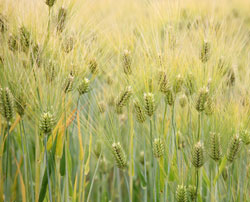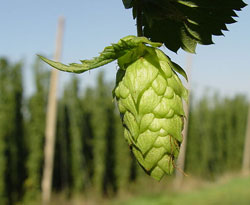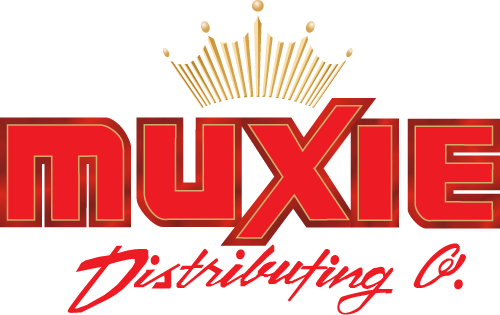 Since beer comes from all over the world, you can expect that it is not created equally. Early versions of beer were made from corn, oats, and honey — things that fermented easily. As time went on, more and more people preferred the taste of beer made with malted grain. Yeast hadn’t been discovered yet, and most breweries had a wooden paddle they stirred every batch with. Yep. Infected with yeast. Early brewers inoculated their beers with infected equipment, bacteria from their hands, and even wild yeast floating around in the air played a part. Most thought this effect was magic, and didn’t realize what they were doing. You can imagine it wasn’t on par with today’s beers.
Since beer comes from all over the world, you can expect that it is not created equally. Early versions of beer were made from corn, oats, and honey — things that fermented easily. As time went on, more and more people preferred the taste of beer made with malted grain. Yeast hadn’t been discovered yet, and most breweries had a wooden paddle they stirred every batch with. Yep. Infected with yeast. Early brewers inoculated their beers with infected equipment, bacteria from their hands, and even wild yeast floating around in the air played a part. Most thought this effect was magic, and didn’t realize what they were doing. You can imagine it wasn’t on par with today’s beers.
 Hops came later, adding flavor, aroma and a preservative quality that helped beer stay fresher for longer. This was such a boon that most brewers gravitated to hops over the traditional spices they were using. Mugwort is a common spice named because of a beer mug, not anything to do with wizards.
Hops came later, adding flavor, aroma and a preservative quality that helped beer stay fresher for longer. This was such a boon that most brewers gravitated to hops over the traditional spices they were using. Mugwort is a common spice named because of a beer mug, not anything to do with wizards.
At this point we have fairly common ingredients, so why so many different kinds of beer? Well, there are so many kinds of people, and a lot of different worldly conditions that got us to where we are today. The hard water of Ireland made horrible light beers, and the darker roasted grains worked better with that water to make Stout. The soft water of Pilsen made horrible dark beers, but wonderful light beers. Pilsner! So, how to categorize all of this craziness? All beer can be categorized into one of 3 categories: Ales, Lagers, or Hybrids. This categorization is based on the type of yeast used, and the temperature of fermentation. Ales are fermented slightly cooler than room temp, Lagers much colder, and Hybrids somewhere in between.
So, what’s a Lager? Any Pilsner or Bock is referred to as a Lager. (American Lager, for instance.) Ok, what’s Ale? Pretty much EVERYTHING ELSE. IPA, Porter, Stout, Wheat Beers, Belgians, Wild Ales, and many more. Lager yeast is relatively new in the historical sense, and most of the world made Ales. Refrigeration and Lager popularity caused the world to shift to making Lagers to satisfy popular demand. That is changing now. Ales are in!
Cool, but what’s that Hybrid thing? Basically a beer that can be fermented cool, like a Lager, or warm like Ale, or somewhere in between to get the Lager smoothness as well as the flavors of Ale. You’ve probably already had one. Kolsch, California Common (Steam Beer), AltBier, Cream Ale, and some American Wheat and Rye Beers fall into this category. So what’s the best way to find out if you like these things? Taste as many new beers as you can. It’s the only way to be sure.
